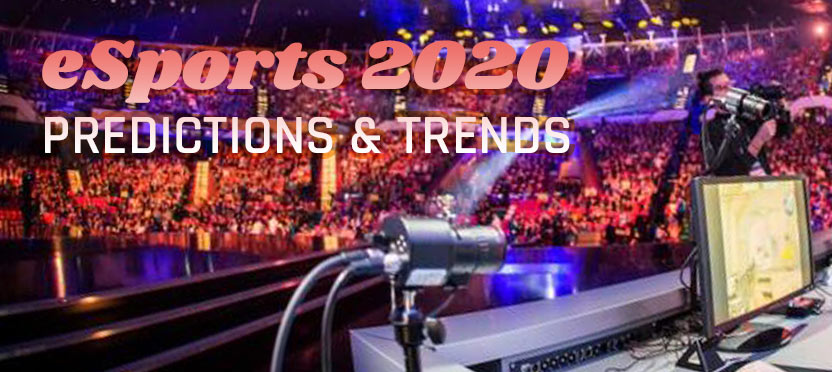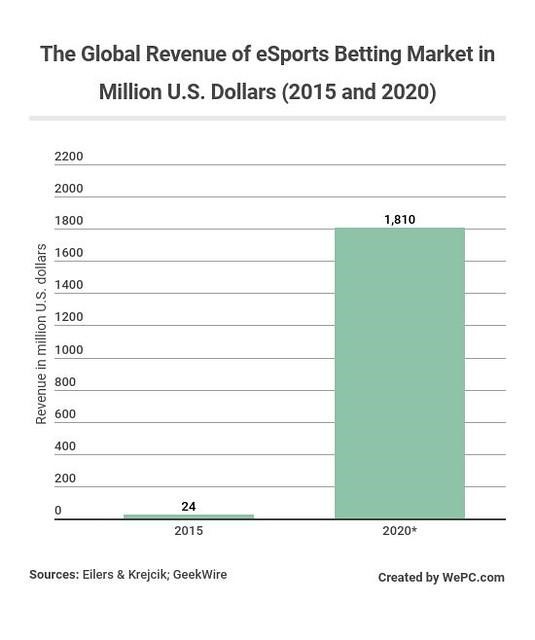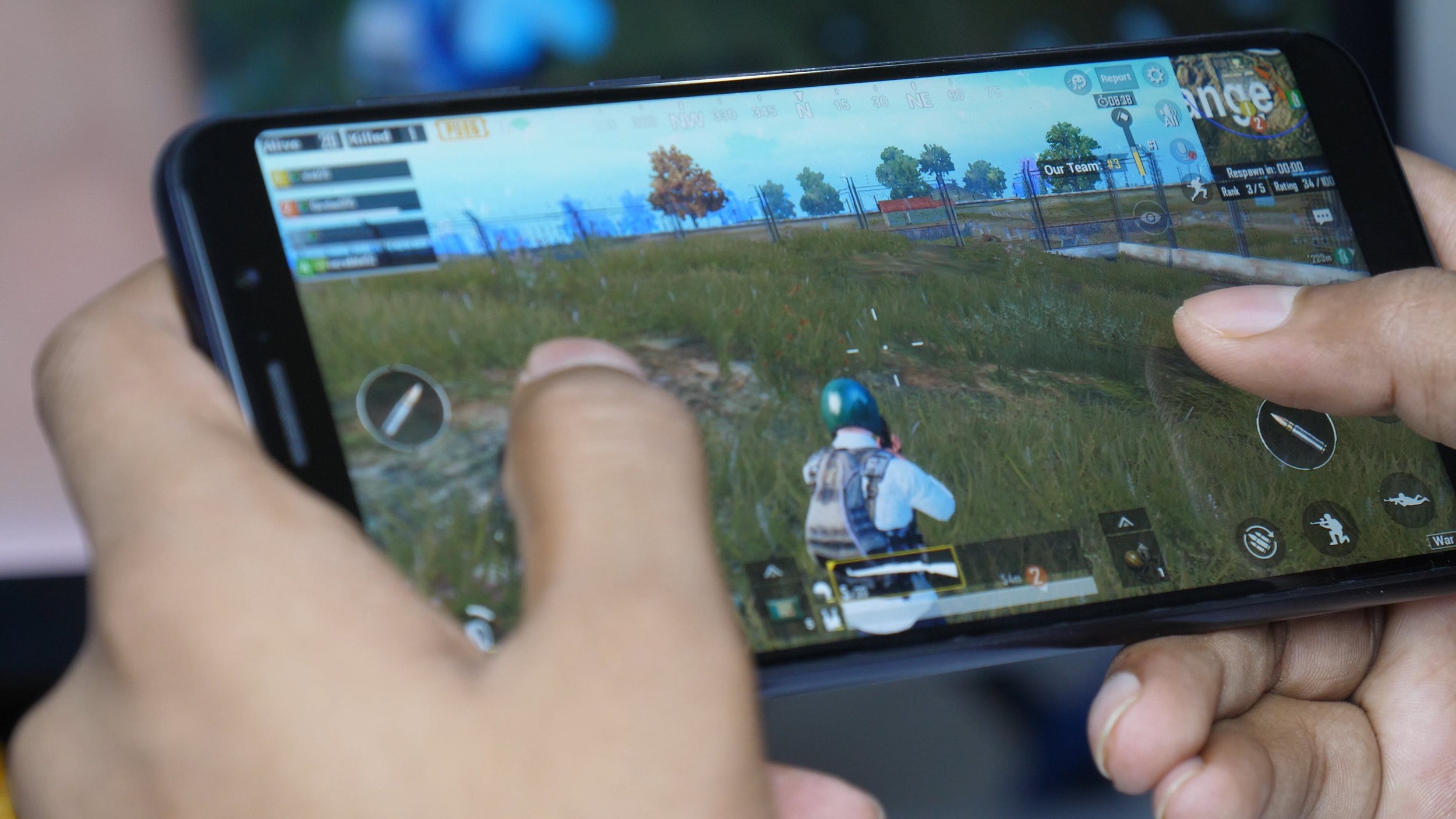
eSports in 2020 and Beyond - What Can We Expect?
Over the past five years, esports has grown phenomenally. In 2015, global esports revenues were $325 million. In 2019, they topped $1 billion. And that trend is set to continue. So, with all this growth, what can we expect from esports in 2020 and beyond?
www.au-slots.com
Ever-increasing Interest
The increases in revenue are driven by an increased interest in esports. A study by the CTA (Consumer Technology Association) titled “E-sports 2019: Landscape & Opportunities,” estimates that the U.S. fan base will grow to around 27 million by 2022 and that, globally, this number will be 674 million in 2022.
In turn, this will fuel more growth as there will be a corresponding increase in eSports coverage in the mainstream media as events become new broadcasting opportunities and the ‘computer geeks” of today become the celebrities of tomorrow.
eSports Go Mobile
Lite app versions of popular games like PUBG and Garena Free Fire have led to an explosion of gamers in the emerging markets of Southeast Asia, India and Brazil.
These apps which can run on low to mid-tier smartphones have made the world of gaming accessible to millions in developing countries who can’t afford top-of-the-line hardware. Competitive eSport gaming in these countries has boomed. And so has viewing.
From September to November 2019 mobile eSports attracted 50 million live viewing hours, ten times that of the same period in 2018.
Cities Will Compete To Host Events
In traditional sports, it's long been common practice for cities to bid for their chance to host major events. The Olympic Games is the most famous example.
2019 saw this custom being adopted for some eSports events, as well. This trend will continue to grow as the benefits become obvious. eSports fans fall into a younger demographic group. By hosting events, cities will increase their tourism revenues (the League of Legends final in Rotterdam contributed over $2.6 million to its economy) as well as present themselves as attractive locations for young, highly-skilled talent to settle.
Non-endemic Brands Enter The Market
With eSports attracting an ever-increasing number of young consumers, brands you wouldn’t normally associate with gamers are seizing the opportunity to promote themselves.
The third quarter of 2019 saw 75 sponsorship deals with non-gaming companies. This is a staggering 74% increase in such deals made over the same period in 2018. The companies involved are Bud Light, Adidas and even Louis Vitton, to name but a few. We can expect more sponsorship and even product placement deals in the upcoming year.
Gender Equality Will Come to eSports
Despite the fact that 41% of all gamers in the United States are female, competitive gaming is dominated by males. This is due to unfair gender stereotyping which says women just don’t have the skills to play online competitive games (note: MMO is quite a specific niche an Li is a professional Hearthstone player which is not quite an MMO, more like ‘Digital collectible card game’ as per wiki).
So when Xiaomeng “Liooon” Li became the first female winner of a major championship, she had this message for her fans
“I want to say for all the girls out there who have a dream for esports competition, for glory. If you want to do it and you believe in yourself, you should just forget your gender and go for it.”
And groups like Supa-Stellar, an all female eSports group from Australia are dedicating themselves to spreading that message. Partnering with Neosurf, they are organizing a series of events at the Esports High Performance Centre (EHPC) located in the Sydney Cricket Ground. These will bring together women from the industry to share their stories and promote a safe environment for girls in gaming.


